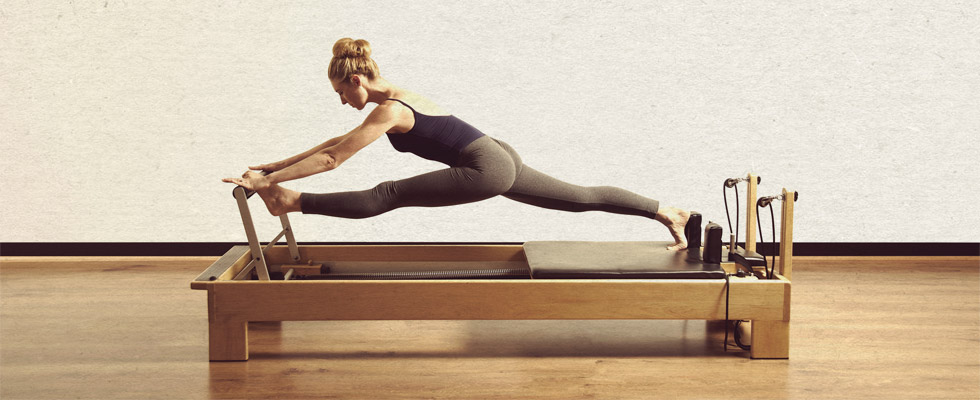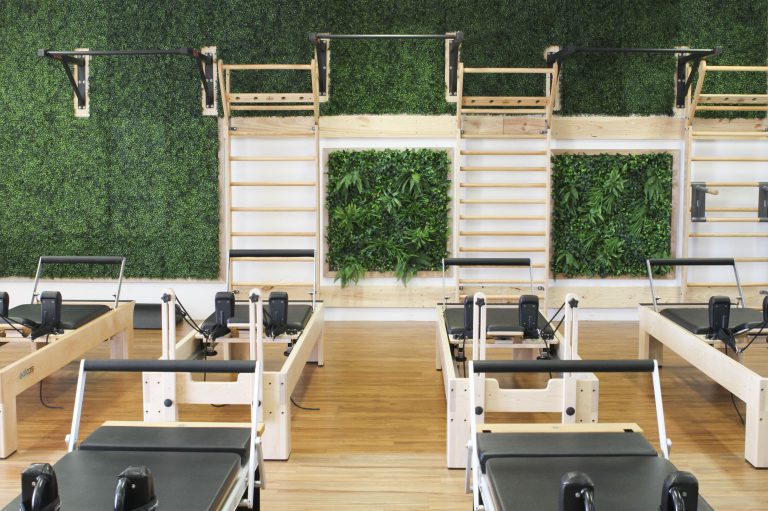Who would say they have tight hamstrings?

Hamstring tightness is a very common complaint and can be a contributing factor to a range of other musculoskeletal issues such as lower back pain, hamstring strains and Sciatic nerve pain. It can be caused by a range of factors:
- Genetics, age and gender can all have an impact on your general muscle flexibility (however this doesn’t mean you can’t improve it)
- Inactivity – one of the quickest ways for muscles to feel tight or lose extensibility is to be inactive. If you don’t use it, you lose it! Our muscles are designed to move and be used so if this is not happening regularly enough they can become tight
- Sustained sitting positions – in sitting the Hamstrings are in a shortened position. If this is happening for regular, prolonged periods (such as for those who do office work and a lot of driving) the Hamstrings can become less flexible and feel tight
- Weakness – it is a common misconception that a muscle is tight because it is too strong and it just needs to be stretched. In order for muscles to work optimally they need to be LONG AND STRONG. Very often when I test people with tight hamstrings, they are also weak. So just as it is important to stretch or lengthen the hamstrings, we also need to strengthen them so they are better able to cope with the demands we put on them.
- Muscle Imbalance – the human body is very good at compensating in order to allow us to still get done what we need to do. It is important that your muscles are all working effectively as any weakness in the chain can lead to increased load in a different part of the chain. It can be the case that the hamstrings are working too hard in order to cover a weakness elsewhere
So what can you do about it? Here are my top 5 tips for improving your hamstrings:
1) Hamstring Stretches
The Hamstring group is actually made up of 3 muscles and stretching them goes beyond just reaching for your toes. Here are 2 stretches to target different areas of your Hamstrings.
[wpvideo lGzuva4C]
[wpvideo iJNWxquz]
2) Mobility Work – Voodoo Flossing and Trigger Point Release
Also known as Compression Band Therapy, Voodoo Flossing is commonly used in the Crossfit world and is thought to help increase range of movement, improve muscle mobility, reduced pain levels and potentially speed up recovery. (See the article below and check Mobility WOD for more information on this).
http://www.thephysiolab.com/news/2017/9/28/fascial-flossing-for-joint-mobility
[wpvideo a6MBBIk2]
Trigger Point Release – using a massage ball to help release the tight areas of your hamstring can be very helpful and is a super easy technique to include at work if your job requires a lot of sitting. For lower hamstring I would include knee extension (straightening the leg) and for higher hamstring I would work from the top by adding in a hip hinge (make sure you keep your back straight and fold at the hips)
[wpvideo xpN0mrNw]
3) Avoid prolonged positions – especially sitting!
If sitting is a part of your daily routine the best thing you can do is break it up as often as possible.
– Change your position – sit/stand desks are fantastic for this (see last week’s article)
– Rotate tasks as much as you can
– Use smaller tasks such as phone calls or your break times to stand and walk
– Use stretches/exercises to get you up and moving!
4) Hamstring Strengthening
As I said earlier muscles need to be long and strong so making sure you include strengthening work for the hamstrings is important. A few of my favourite hamstring strengthening exercises are:
Nordic Hamstring’
[wpvideo YxTZ7kw7]
Deadlifts
[wpvideo eMIAo2CS]
Long Lever Bridge – You can progress from double leg to single leg and then add in a curl on the swiss ball for extra challenge
[wpvideo mfuctNvy]
5) Lower Limb Motor Control and Strengthening
Hamstring tightness is also very common in those who do a lot of running and sports such as football and hockey. It is important to ensure that the other muscles of your leg are strong and that everything is working together in the right way to ensure no extra load is being placed upon the hamstrings. Here are my favourite lower body strength/control exercises:
[wpvideo 9kIjo4Y2]
[wpvideo Gxp0j25T]
If you are unsure of anything in this article please come and see us, we are always happy to help you get started!
Allissa King
Physiotherapist


